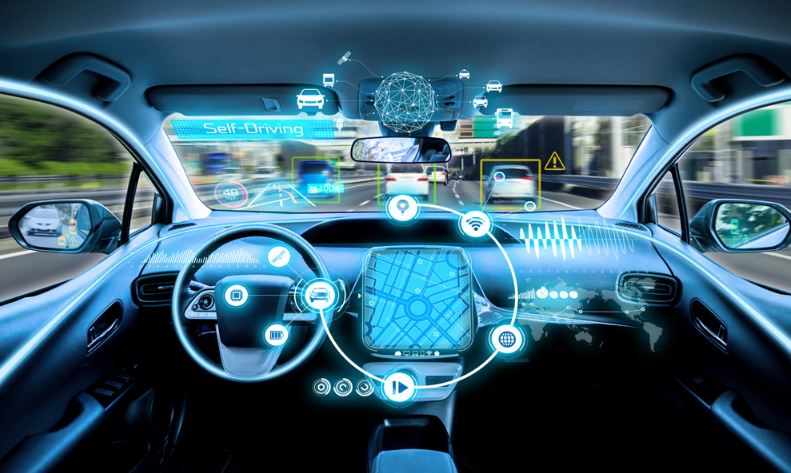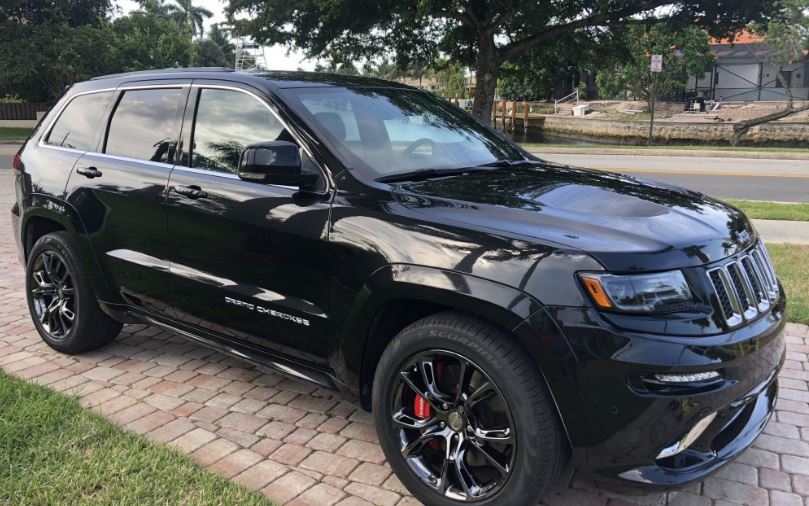For several decades, the idea of self-driving cars has captured the imaginations of legions of drivers. Yet, artificial intelligence has the capacity to bear a much broader impact than just autonomous cars. Design, manufacturing, cockpit-features, and predictive safety measures all made possible by AI. The automotive industry is evolving and improving with each passing year thanks to these technologies. As AI advances, the impact grows in a multitude of ways. Let’s take a look at the influence and impact AI has on our current automotive world and cars of the future.

Cockpits Powered by Artificial Intelligence
Most of us spend more time in our cars than we’d like to admit. While vehicles used to be more barebones and utilitarian, drivers now demand a true in-vehicle experience, regardless of vehicle price point. Modern cars are all about boasting a luxurious and feature-driven cockpit. Most of these are driven by artificial intelligence.
Ever since cellular modems first emerged in high-end vehicles, automotive software engineering services have been finding new ways to integrate technology and AI to redefine every aspect of a car’s cockpit. New features include personalization, driver-behavior monitoring (ie: distracted driving, taking eyes off the road), in-car virtual assistant services, and intelligent driving assistance.
For vehicle manufacturers, crafting the perfect digital cockpit isn’t just necessary, it is a reflection of the brand itself. Automotive has shifted thanks to AI. Now, most manufacturers are seeking to develop their own automotive software and applications to control the user experience of the driver’s behind the wheel. The goal isn’t just to create a personalized experience, it is to make the vehicle intuitive and interactive. There is so much more AI in every new car than most drivers probably even realize. The impact is resounding.
The Rise Of Smart Transportation
AI-powered cockpits impact individual drivers. The rise of smart transportation and infrastructure thanks to AI impacts everyone. Thanks to emerging technology, major shifts are in place to allow for next-generation transportation networks and infrastructure to work smarter and in a more ecological way. This is only possible through advances in AI.
Over the next decade or so, transportation networks will seek to become safer, more efficient, pedestrian-friendly, commuter-friendly, and environmentally smarter. How will AI accomplish such a thing? This AI boosted infrastructure will run an AI software model poised for perception and wrought with sensor fusion to build road quality models. Each is a very accurate 3D HD map of a given environment.
Creating a Path to Autonomous Driving
The eyes of the consumer have always been set to the future of autonomous driving. In fact, nothing may bear a greater impact on automotive than the rise of AI-powered self-driving cars. Not only are consumers eager to take their hands off of the wheel, but many are ready for a personalized immersive interior environment and fully digital cockpit. Moreover, drivers are ready for an autonomous vehicle worthy of their trust.
While there are still great strides to be made in crafting the perfect autonomous car, AI is working to create that path and thus impacting the automotive industry ten-fold.



